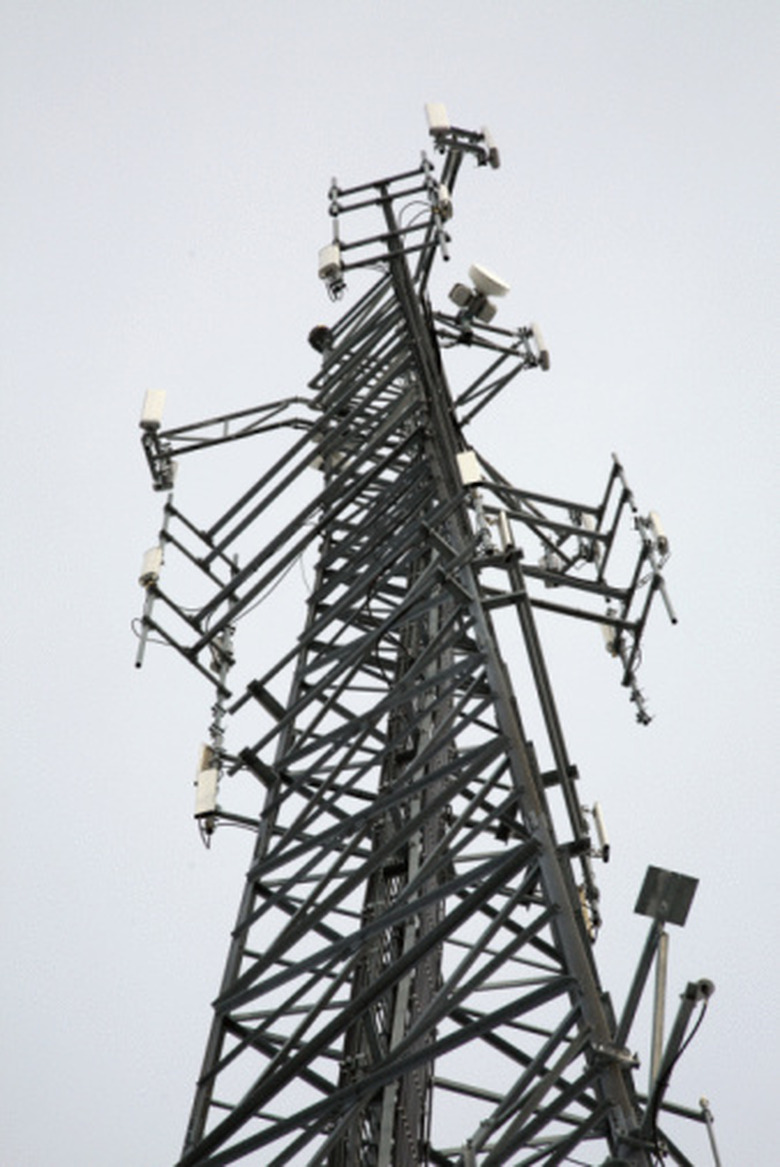Duty Cycle Formula: How To Calculate The Duty Cycle Of A Frequency
The duty cycle of a signal measures the amount of time that given signal is active within a system or receiver. This ratio of time determines the power delivered by the signal. Signals with longer duty cycles carry more power. This makes the signal stronger, more reliable and easily detected by receiving equipment, but as a consequence they also require more power to sustain. Signals with longer duty cycles do require less efficient receivers. Shorter duty cycles can also be very useful; with physical outputs that do not need a constant signal to keep running – like an electrical motor that will keep turning without constant power – short cycles can reduce average power and save energy.
Measuring Period, Frequency, and Pulse Width
Measuring Period, Frequency, and Pulse Width
In order to calculate the duty cycle, we need to first find the frequency or period of the variable signal. This can be found with multiple methods, but the initial approach can be to measure the pulse width of the transmitted signal. To do this with an unknown signal, we can connect the output of the signal to the input of an oscilloscope. An oscilloscope is an instrument that displays variable signals on its display over time. The oscilloscope screen will show a series of pulses oscillating at the frequency of the signal. We can then measure the width, in seconds or microseconds, of each pulse. This is the pulse width, or PW, of the signal.
Once we find the pulse width we want to also know the frequency or period. The oscilloscope can likely measure the frequency of the input signal, or there are other methods of finding this value.
The duty cycle calculation uses period (T), given the frequency we calculate the period (T) of the frequency (f) using the formula:
\(T = \frac{1}{f}\)
TL;DR (Too Long; Didn't Read)
Frequency is measured with units called Hz, which is the number of instances per second. When a frequency is especially large we can use kHz or MHz, an especially low frequency can fall in the range of Hz or mHz.
Calculating the Duty Cycle
Calculating the Duty Cycle
Now that we have the period (T) and the pulse width (PW), we can calculate the duty cycle (D) with the following equation:
\(D = \frac{PW}{T}\)
As an example, if PW is 0.02 seconds and T is 0.05 seconds, then
\(D = \frac{0.02}{0.05} = 0.4 \text{ \ or \ } 40\%\)
Practical Uses of Duty Cycles
Practical Uses of Duty Cycles
In many fields, like electrical engineering, duty cycles are important to provide power efficiently and effectively for a specific situation. Many applications of motors, physical electronics, and even music use something called pulse width modulation or PWM to control the duty cycle and the necessary applied power (which can be referred to as input voltage or current). The duty factor plays a key role in representing the ratio of on time and off time for a given power supply.
This is important beyond just managing and saving energy. Choosing the right value for a duty cycle can prevent overheating and even convey information; microcontrollers use PWM to adjust their controlling interface within a system.
Geometry of a Waveform
Geometry of a Waveform
When we talk about the pulse width or the frequency, it is in reference to a function known as a rectangular waveform (sometimes also called a square wave). Just like a sound or light wave, these rectangular waveforms have an amplitude, a frequency, and a period, but while classic wave functions are often represented as a sine wave, rectangular waveforms allow for the wave to alternate between determined maximum and minimum values without intermediate values. They still act as an oscillator, but they carry different information as the signal is either at maximum power or minimum power – never in between.
In the examples of electronics used with duty cycles, the waveform is measured as the PWM signal, where the active time is the peak power and the down time is the minimum power.
TL;DR (Too Long; Didn't Read)
In circuits, a certain sequence of capacitors, resistors, inductors, and other components act as regulators of the output voltage (output power). Circuits can be very complex, but they are very important to understanding how oscillating waves of power can be produced and regulated.
Cite This Article
MLA
Chestnut, Dwight. "Duty Cycle Formula: How To Calculate The Duty Cycle Of A Frequency" sciencing.com, https://www.sciencing.com/how-8281686-calculate-duty-cycle-frequency/. 24 February 2023.
APA
Chestnut, Dwight. (2023, February 24). Duty Cycle Formula: How To Calculate The Duty Cycle Of A Frequency. sciencing.com. Retrieved from https://www.sciencing.com/how-8281686-calculate-duty-cycle-frequency/
Chicago
Chestnut, Dwight. Duty Cycle Formula: How To Calculate The Duty Cycle Of A Frequency last modified February 24, 2023. https://www.sciencing.com/how-8281686-calculate-duty-cycle-frequency/
